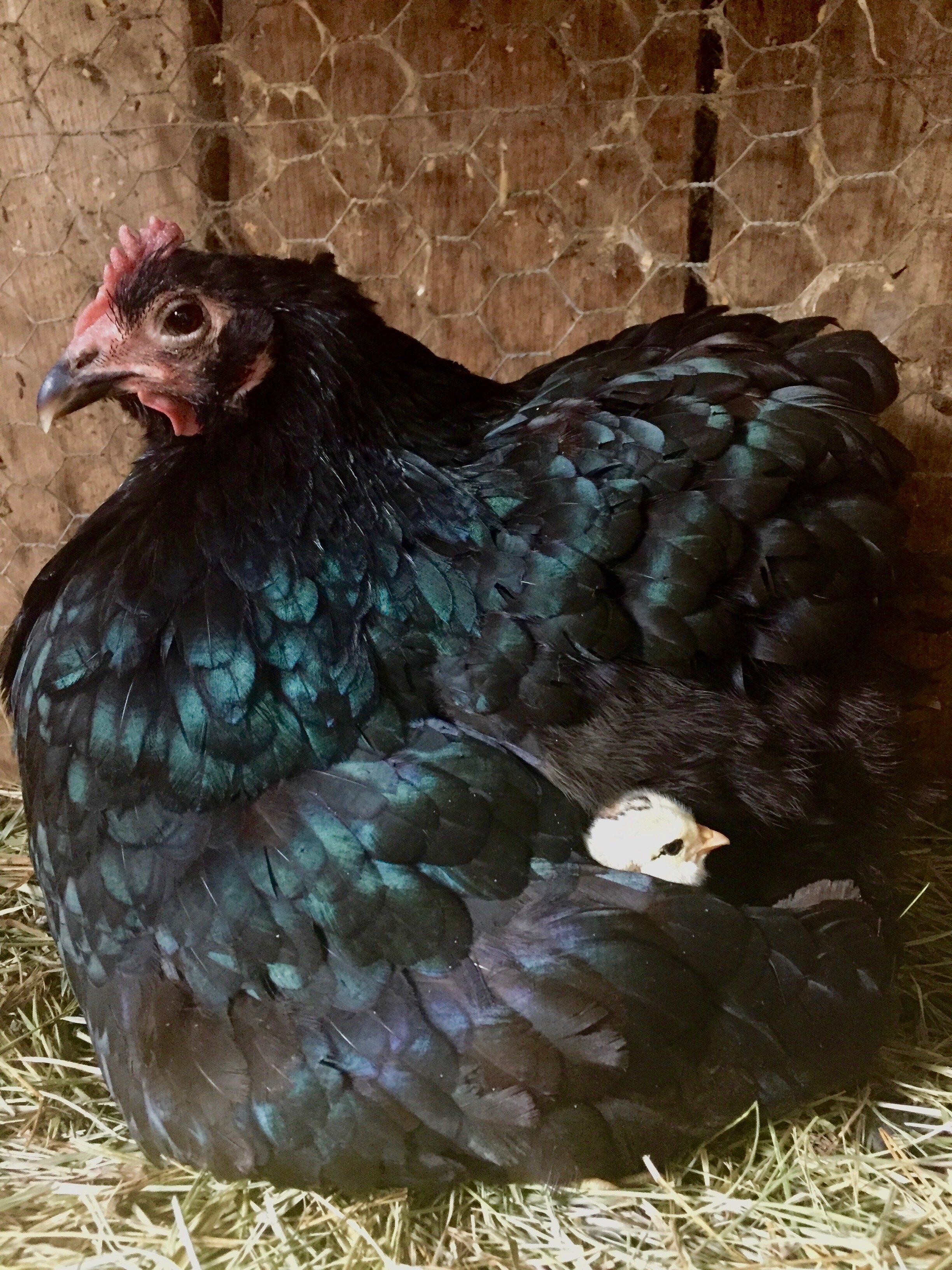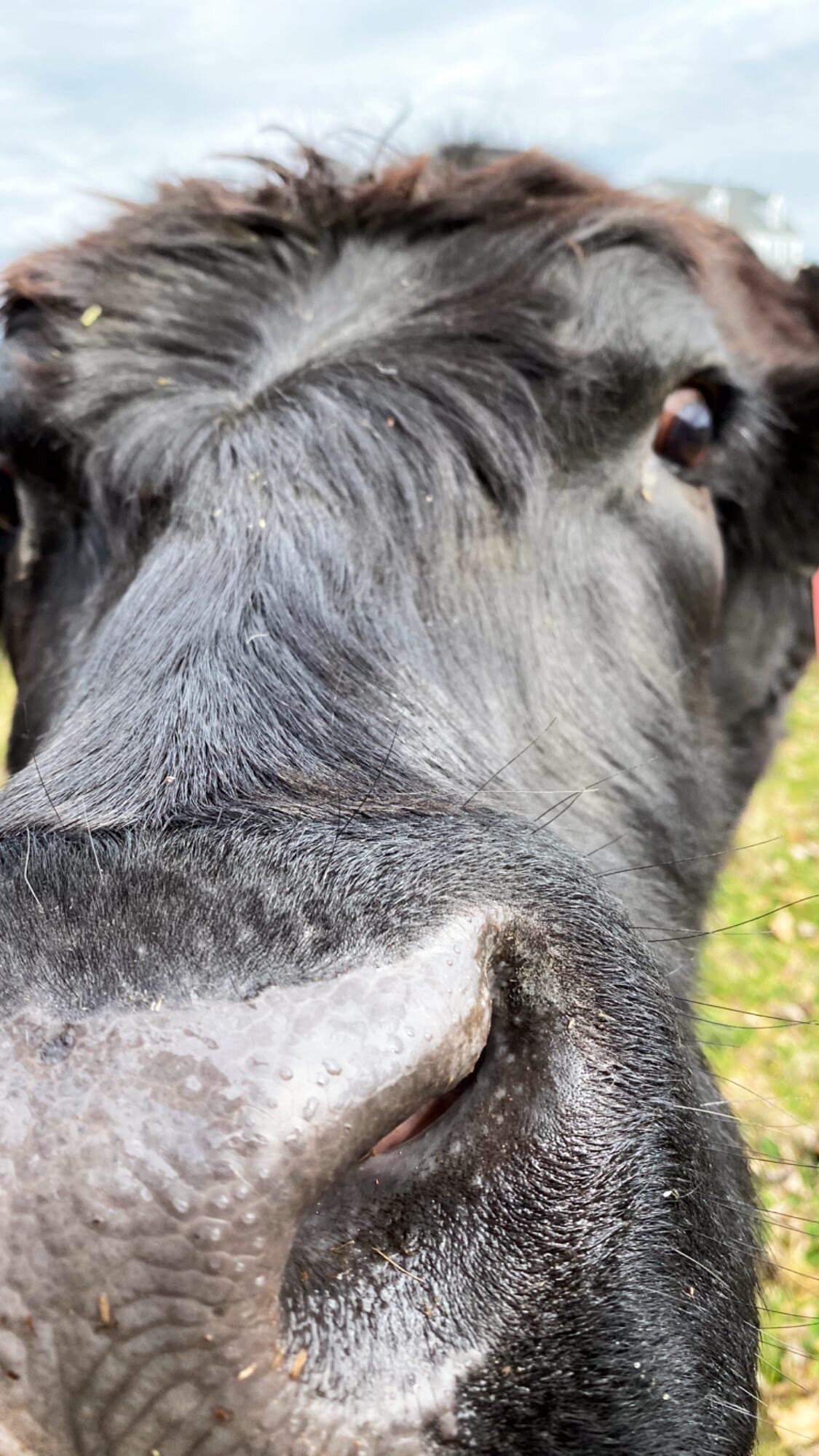Meat Without the Animal? The Growing Field of Cellular Agriculture
This article was written by a guest contributor, Colleen Alexander. Read about Colleen here.
Meat production and consumption have developed through radically different stages throughout human history. While we used to exclusively hunt for meat, we later learned how to domesticate and reproduce livestock like cows, pigs, lamb, goats, chickens and other fowl specifically to slaughter for their meat. In modern day, we have perfected the process of impregnating, birthing, feeding, growing, and slaughtering animals at a breakneck speed. This process of growing and slaughtering animals as a resource is done efficiently (but unsustainably) by cramming hundreds of thousands to millions of animals onto concentrated areas of land and feeding them fattening and unhealthy foods like corn, known as Concentrated Animal Feeding Operations (CAFOs). CAFOs have a substantial list of environmental and human-health costs, leading many people to abandon meat altogether as part of their diet. However, instead of ditching meat entirely, some have asked “Is there another way to produce it?” To which the answer is yes; it is called cell-based meat.
What is Cell Based Meat?
The most modern advancement in the production of meat is cell-based meat, yielded from a process called cellular agriculture. You may have heard these terms, or at least the ideas behind them, floating around online or in the news, but what are they exactly?
Cellular agriculture, also called cell ag, is “the production of agricultural products from cell cultures.” This is done by taking cells from the tissue of an animal or animal product like meat, milk, eggs, or leather (animal skin) and allowing them to grow in a laboratory. The process of growing cells from tissue outside of a living organism is referred to as tissue engineering and it is not new. Tissue engineering has been utilized in the medical field for years, such as to grow new skin for burn victims. The application of tissue engineering to food products, though, has developed over about the last five years as cellular agriculture.
Cell-based meat, also known in the media as “cell ag meat,” “lab-grown meat,” or the less appealing “test-tube meat,” produces meat in a laboratory setting. Cell-based meats are produced by harvesting cells from animal muscle tissue and by feeding the cells a serum (the nutrient-containing food that cells need to grow) in a laboratory environment that promotes growth. Put more simply, muscle cells grow in a setting that replicates exactly how they would grow inside of an animal, fed by the calories the animal ingests.
Cells can be harvested from the muscles of living animals and the process does not require harming or killing the animal; instead it takes a “miniscule biopsy” of a muscle comparable to a minimally invasive biopsy that a person may undergo in a doctor’s office. The end product is an animal muscle tissue (meat) that is genetically identical to meat you find on grocery store shelves today.
What Isn’t Cell Based Meat?
Cell-based meat is not the same as plant-based meats. Brands like Impossible Foods and Beyond Meat produce plant-based burgers (like the Impossible Burger, Beyond burger, and other meat substitutes) that aim to mimic the taste, texture, mouthfeel, smell, and even cooking process of meat. These products do not contain any animal-derived ingredients, and are made 100% from plants even though they may look and taste like meat. Cell-based meat is genetically identical to meat you can consume today, and is derived from an animal.
Why Cell Based Meat, or Why Not?
What drove those few pioneers, most likely biologists and technologists, to ask if there was another way to produce meat? There are several driving factors behind the development of cell-based meats.
Environment
Animal agriculture uses resources at an unsustainable rate. The land, freshwater, and fossil fuels it takes to produce the amount of meat that consumers demand today is killing the planet and its ecosystems which also affects our own human health. But changing our diet to eliminate meat and animal products altogether is a huge ask for many people. Cell-based meats alleviate many of these environmental demands. Cell ag companies claim that cell based meats can reduce land and water use between 95-99%, and greenhouse gas (GHG) emissions by 80%. Cell based meat also eliminates the hazards of CAFOs such as manure lagoons and polluted waterways/groundwater in communities surrounding these massive industrial farms.Ethical animal and human treatment
CAFOs are not only a concern for the environment. Many animal rights groups try to call attention to the horrendous conditions of raising livestock in massive quantities with issues like widespread disease, overcrowding, lack of access to sunlight or fresh air, and force feeding of fattening foods. This all occurs even before the transport and slaughter process, which stress and sometimes tortures animals unnecessarily.
In addition to animal welfare is human welfare. Slaughterhouse workers in some of the most well-known and largest animal-processing plants in the U.S. have historically faced radical oppression, racism, and physical danger or injury on the job, as well as show a disproportionate amount of psychological distress compared to the rest of the U.S. population due to the violent nature of their work. Slaughterhouse workers have also been reported to receive little to no regard from employers for health and safety in modern day, with cases of COVID-19 spiking in animal processing plants and disproportionately affecting slaughterhouse workers compared to other populations. Cell-based meats offer the opportunity to alleviate suffering of massive amounts of humans and animals.Human health
Long term and frequent consumption and animal products have been linked to many serious diseases including cardiovascular disease, high blood pressure, and certain cancers. Cell-based meat that is produced in a lab is genetically identical to meat grown and slaughtered on farms, so its nutritional value is the same. However, meat produced in a lab has the ability to have its nutritional content altered, such as having a lower fat or sodium content. There is no information yet on if cell-based meat companies intend to produce these types of products, but the possibility is there.
While the general public and consumers may have their own opinions on cell-based meat, they can simply decide if they would eat it or not. However, there are loud voices behind the defense as well as the downfall of cell-based meat products before they even come to market in the U.S.
Proponents
The most notable proponents of cell-based meat are research organizations such as New Harvest and the Good Food Institute. These organizations provide grants to research into cell-based products and advocate for the environmental benefits of cell-based meats.
Opponents
The loudest voice against cell-based meats is a group threatened by meat alternatives: farmers and ranchers. More specifically, the U.S. Cattlemen's Beef Association (NCBA) takes a staunch opposition against cell-based products and aims to portray them as dangerous and unhealthy processed foods. There is a large push back from the NCBA, which lobbies for the interests of cattle and beef livestock farmers across the U.S. The NCBA policy “explicitly supports the definition of beef to only include products derived from actual livestock raised by cattle farmers and ranchers and harvested for human consumption” and exclusively refers to cell-based meat as “Lab Grown Fake Meat” across their website as well as all their publications, showcasing their resistance to any label that would indicate or imply lab- based meats are comparable to “traditional” meats. Cell-based meat, in reality, could pose a serious threat to the livelihoods of livestock farmers, so their pushback is logical.
Regulators
Who is going to regulate this food? Just as we expect of anything we can put in our bodies, we expect the government, to an extent, to assure us it is safe. In 2019, the USDA and FDA announced they would jointly oversee the safety and distribution of cell-based meat products. USDA and FDA have not released any specific oversight on labeling or rules regarding cell-based meat, but have taken public comments on the rule-making process.
Is Cell Based Meat the Future?
Yes and no. Many people might read about producing meat in a laboratory and think of a futuristic, utopian, science-fiction universe. The reality, though, is that cell based meat is here and happening now. Cellular agriculture companies in over 15 countries world-wide are working to develop cell-based meats (and animal products) of all kinds including beef, pork, chicken, shrimp and fish, eggs, and dairy. The worldwide dollar investment in cellular agriculture technologies is in the billions, and the U.S. alone has over 10 cell-based meat companies. Some notable leaders in the field include Memphis Meats, Mosa Meats, Future Meat, BlueNalue, Mission Barns, New Age Meats, and Just Foods. This last name might ring familiar to you if you consume plant-based products, or if you follow plant-based or cell-based news.
Just Foods is most well known for their vegan egg replacement called “Just Egg.” The recognizable yellow bottle is available in stores like Whole Foods and Walmart, and holds a mung bean-based recipe that mimics the taste and texture of scrambled eggs when cooked. It is important to note that this product is not cell-based. It is plant-based, meaning it is only made from plants and designed to mimic an animal product without containing animal products. However, Just Foods has ventured beyond plant-based and seems to be advancing quickly in the world of lab-grown meat.
Just Foods has made a historic advancement by becoming the first company to receive regulatory approval to produce, sell, and distribute cell-based chicken. The first country to ever approve a cell-based product for sale, Singapore and its population will be among the first to taste and be able to regularly consume cell-based meats.
So where will meat go next? As demand for meat and animal products grows worldwide, innovative and urgent measures need to be taken to reduce the environmental and human-health risks associated with CAFOs and industrial animal agriculture. The simple answer many of us know today is that we need to reduce our consumption rates of animal products. But cell-based products allow us to explore the idea of reconsidering how we source and produce these products to alleviate the problems they cause without eliminating them from our diets completely. With cell-based foods close on the horizon, we might just be able to have our meat and eat it too.
References:
https://www.cdc.gov/nceh/ehs/docs/understanding_cafos_nalboh.pdf
https://blogs.scientificamerican.com/observations/lab-grown-meat-is-on-the-way/
https://www.cnbc.com/2019/10/19/lab-grown-meat-could-exacerbate-climate-change-scientists-say.html
Waltz, Lynn. Hog Wild: The Battle for Workers' Rights at the World's Largest Slaughterhouse. IOWA CITY: University of Iowa Press, 2018. Accessed December 11, 2020. http://www.jstor.org/stable/j.ctvqhsz7
Leibler JH, Janulewicz PA, Perry MJ. Prevalence of serious psychological distress among slaughterhouse workers at a United States beef packing plant. Work. 2017;57(1):105-109. doi: 10.3233/WOR-172543. PMID: 28506017. https://pubmed.ncbi.nlm.nih.gov/28506017/
https://www.theatlantic.com/ideas/archive/2020/05/essentials-meatpeacking-coronavirus/611437/
Campbell, T. C., & Campbell, T. M. (2006). The China study: The most comprehensive study of nutrition ever conducted and the startling implications for diet, weight loss and long-term health.
“Three Things to Know: USDA-FDA Announcement on Regulating Lab-Grown Fake Meat.” NCBA, National Cattleman's Beef Association, www.ncba.org/ourviews.aspx?NewsID=6832
Office of the Commissioner. “USDA and FDA Announce a Formal Agreement to Regulate Cell-Cultured Food Products from Cell Lines of Livestock and Poultry.” U.S. Food and Drug Administration, FDA, 7 Mar. 2019, www.fda.gov/news-events/press-announcements/usda-and-fda-announce-formal-agreement-regulate-cell-cultured-food-products-cell-lines-livestock-and



